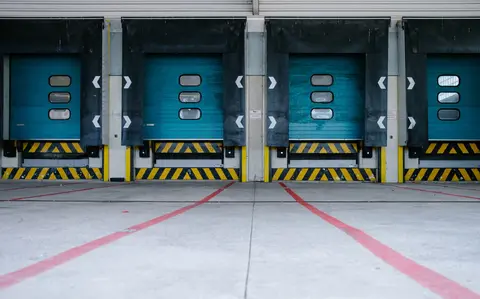LEXICON

The objective of the Glossary is to achieve, to the extent possible, consistency with definitions in our industry.
×

The objective of the Glossary is to achieve, to the extent possible, consistency with definitions in our industry.